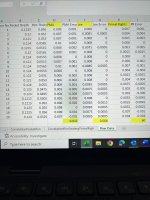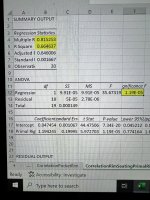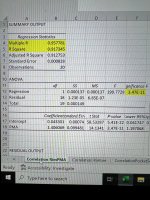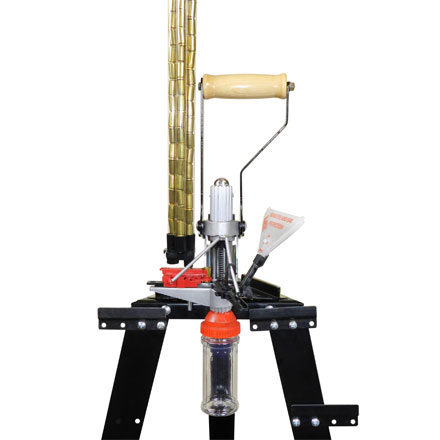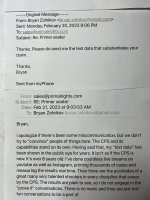So... kicking the can down the road for the sake of argument... lets say that some systems that reference off the face of the case head, like the (no longer available) Lee ACP or the one mentioned by
@Alan Warner and that pretty much everything else references off the case rim. And given the way we measure primer seating depth, that method of seating is going to give more consistent results.
I agree it's not been widely acknowledged as being a big deal by the shooting community at large because hell, exact primer seating depth hasn't been the limiting factor for most people for a very long time - and still isn't, outside of BR and maybe top-tier F-class. Keith Glasscock (aka 'Winning in the Wind' on YT) has grumbled about the way primer seaters referenced off the rim for a couple years now, and has been kicking around an idea for a different design. That said, I know I lose way more points to wind and gun handling than I probably ever have anything I could attribute to the primer. But, like the late Glenn Zediker said way back when, 'making the target bigger' by way of making the group smaller is never a bad thing.
So, all that aside, even just comparing the two devices in Bryan's test that *both* referenced off the case rim - the PMA hand priming tool, and the CPS - why do we think there was such a marked difference between those two?

